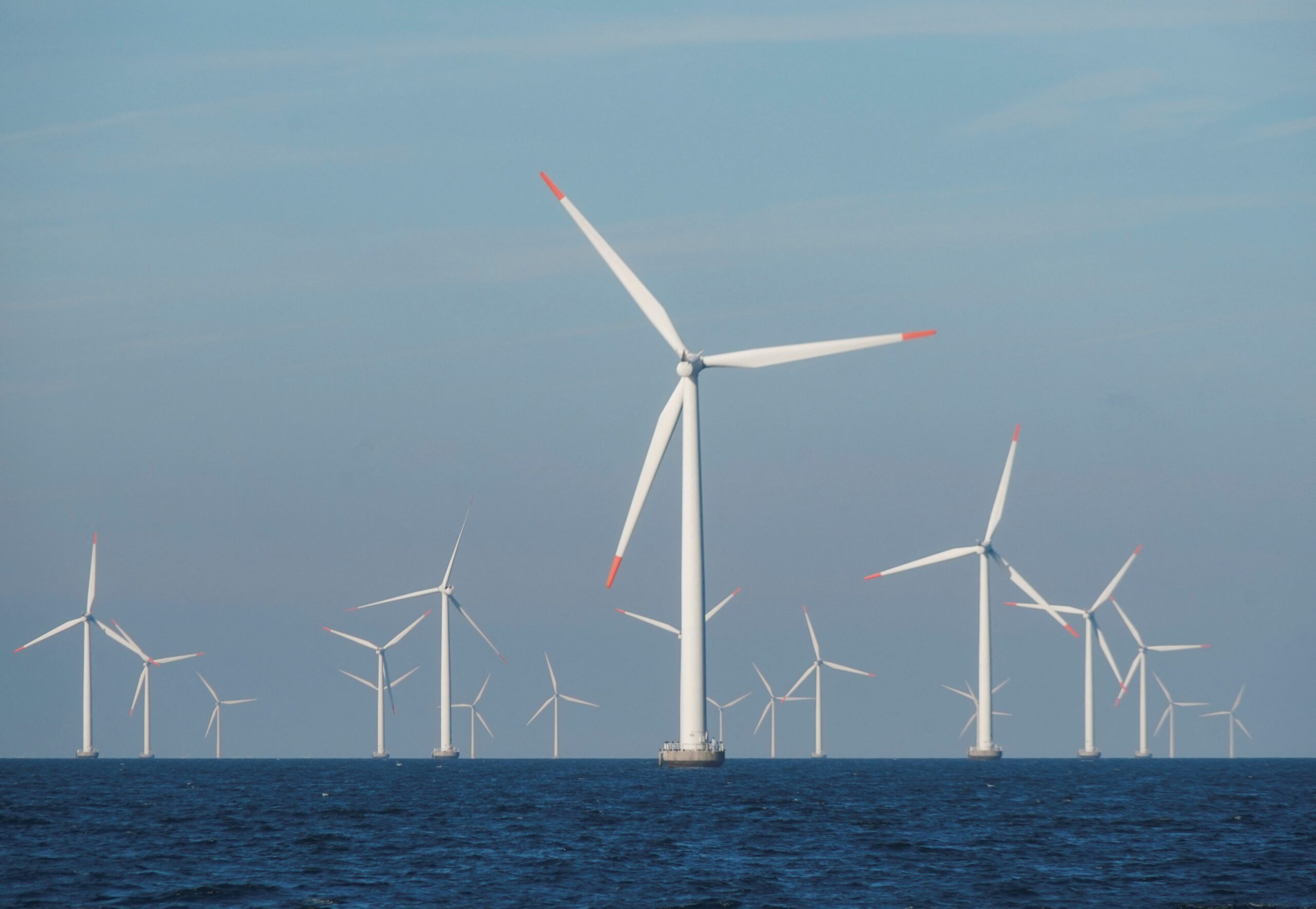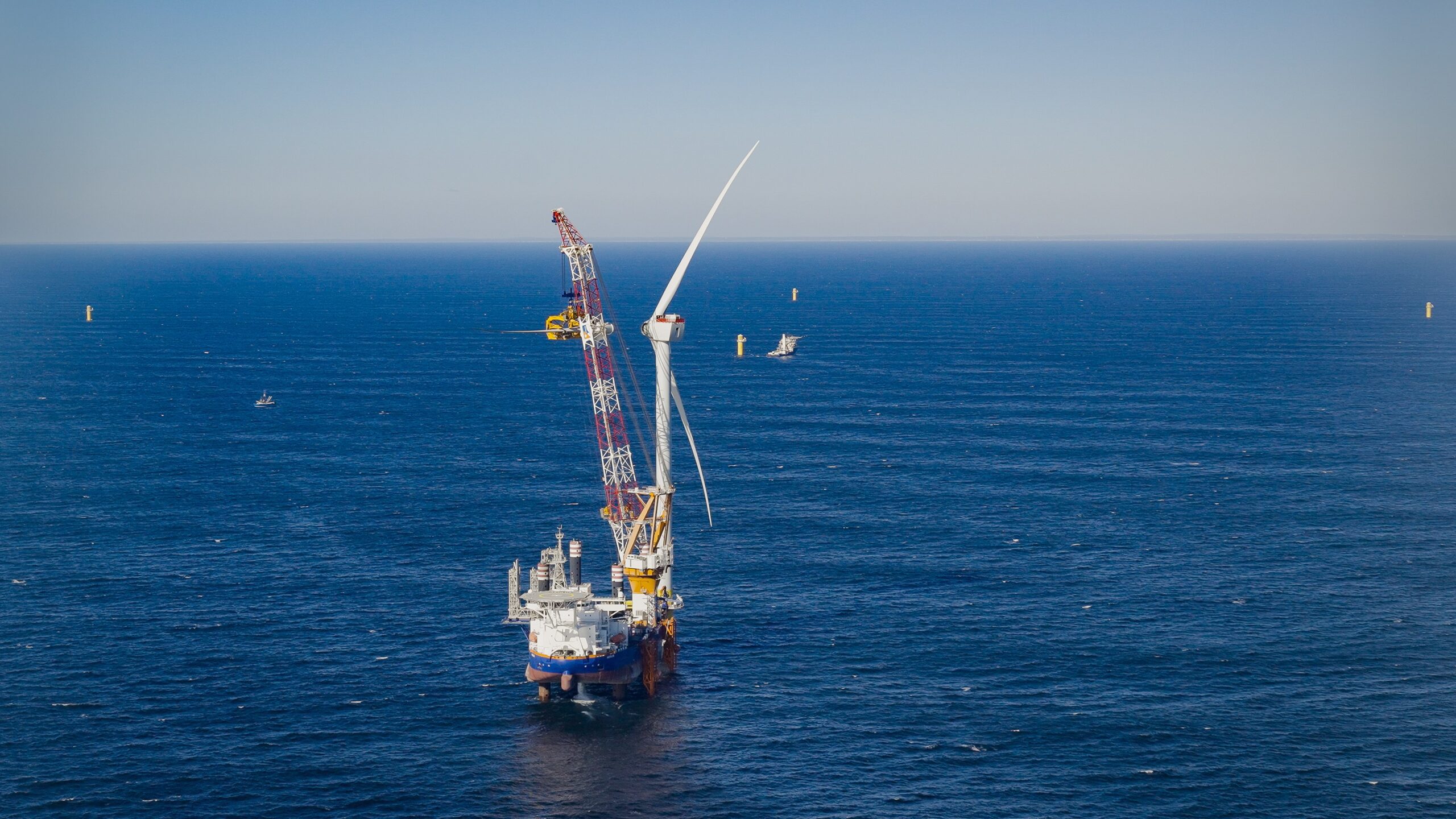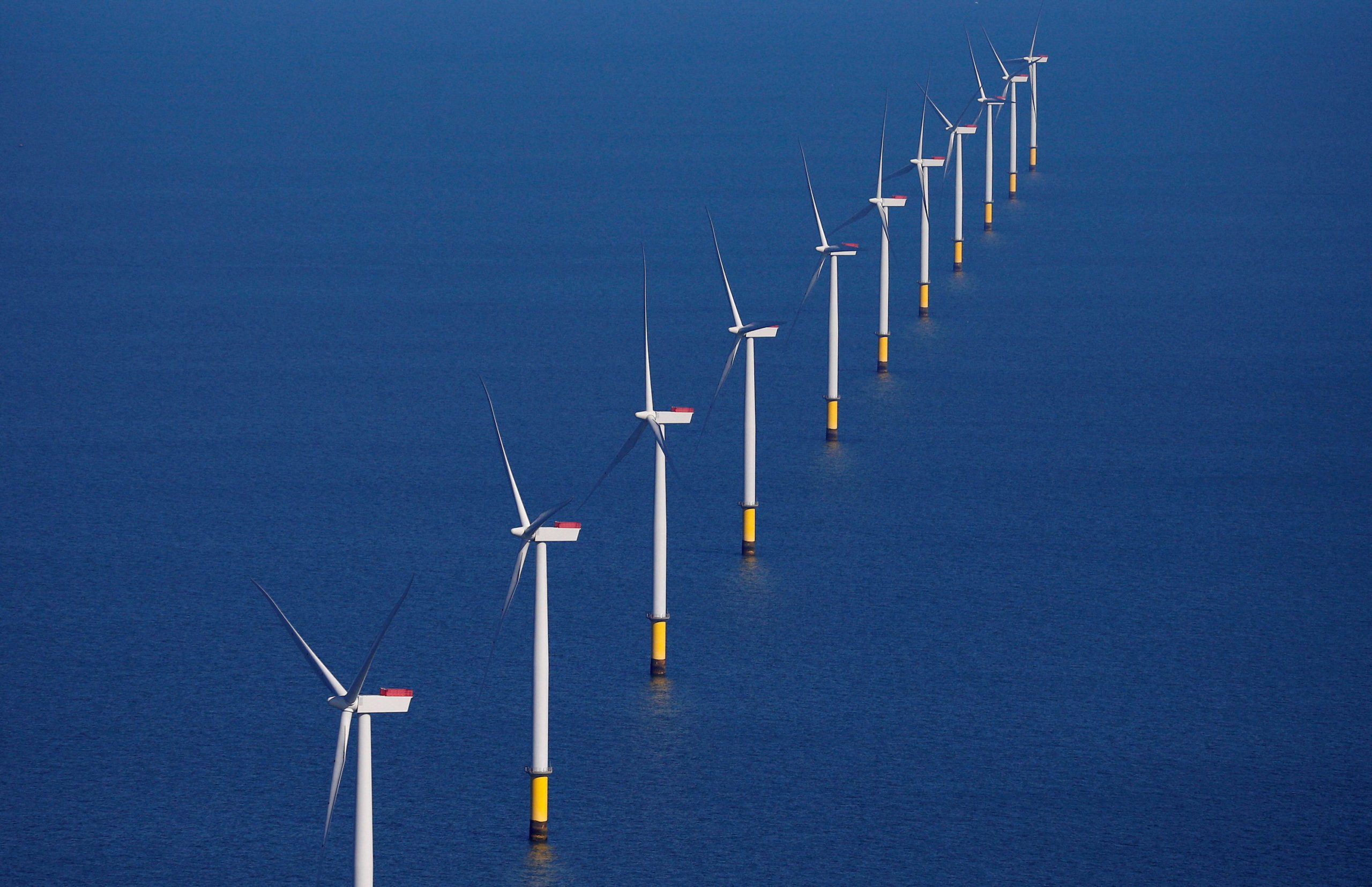GE Vernova has announced plans to remove and replace some turbine blades while strengthening others at the Vineyard Wind 1 project near Nantucket, Massachusetts, in the wake of a high-profile blade failure earlier this year that caused considerable disruption and sparked concerns about the development of offshore wind.
The incident, which occurred in July, saw a turbine blade break apart and wash ashore on Nantucket, leading to beach closures and drawing the ire of local residents. The failure prompted a halt in construction and a comprehensive review of the project’s safety measures.
GE Vernova CEO Scott Strazik revealed that the blade failure was attributed to a manufacturer defect, specifically issues with the adhesive glue bonding the balsa wood and fiberglass components. “It really does come back to the bonding process in putting together the blades,” Strazik explained. Subsequent quality checks uncovered similar manufacturing defects in a small percentage of other blades.
The company’s action plan, developed in collaboration with Vineyard Wind, outlines a series of critical steps to address the situation. These include the safe removal of the damaged blade from turbine AW-38, debris cleanup, environmental impact studies, and implementing measures to ensure blade readiness for service.
Shattered Wind Blade Puts Nantucket on Frontlines of a Clean-Energy Fight
Environmental concerns are being addressed through a comprehensive analysis conducted in partnership with federal, state, and local entities. GE Vernova has already provided an update on the environmental assessment to the Town of Nantucket, detailing findings on blade debris composition and ongoing sampling efforts of the water column, sediment, and shellfish.
As part of its return-to-service strategy, GE Vernova is implementing a rigorous three-stage approach for blade preparation. This includes extensive quality checks, involving the re-examination of over 8,300 ultrasound images per blade and physical inspections using “crawler” drones.
“We continue to make progress executing on our August Incident and Response Action Plan with safety, operational integrity, and long-term reliability as our top priorities for this important project,” said Roger Martella, GE Vernova’s Chief Sustainability Officer.
Vineyard Wind CEO Klaus Moeller expressed confidence in the project’s future, stating, “We are confident that the quality and safety assessments that have been undertaken over the last three months will make this a better, stronger, and safer project going forward”.
Despite these setbacks, the Vineyard Wind 1 project remains a crucial component of Massachusetts’ renewable energy strategy. Upon completion, it is expected to generate electricity for approximately 400,000 homes and businesses, create 3,600 full-time equivalent job years, and significantly reduce carbon emissions.
This incident highlights the challenges faced by the offshore wind industry in the United States, which has encountered obstacles including inflation, supply-chain issues, and community opposition. On the other hand, the response from GE Vernova and Vineyard Wind demonstrates the industry’s commitment to addressing these challenges head-on, ensuring the safety and reliability of offshore wind projects as they play an increasingly important role in the transition to renewable energy.

 Join The Club
Join The Club










